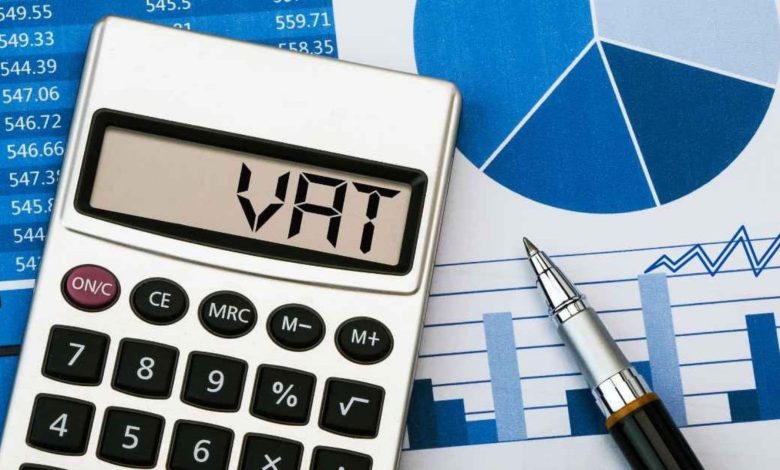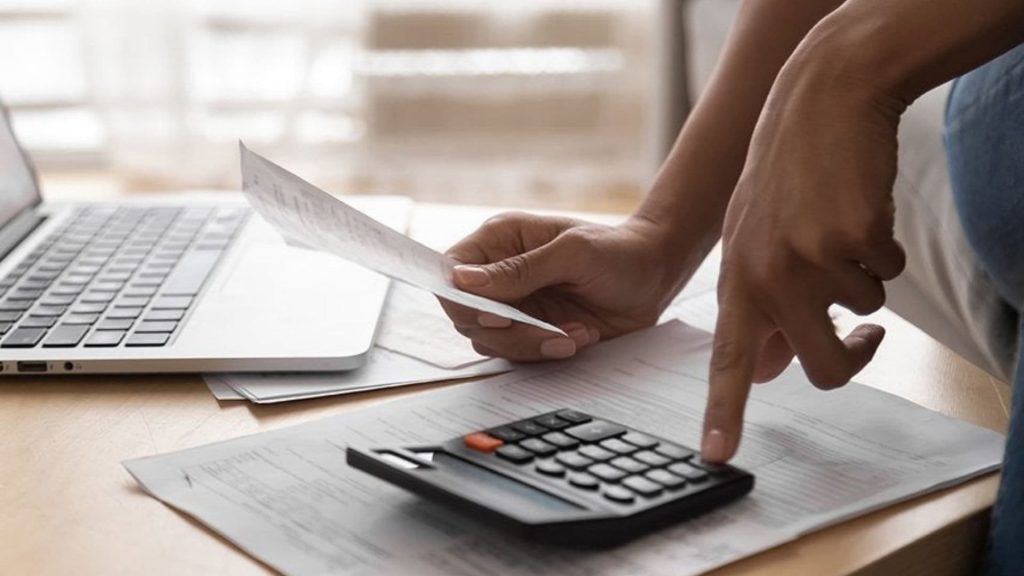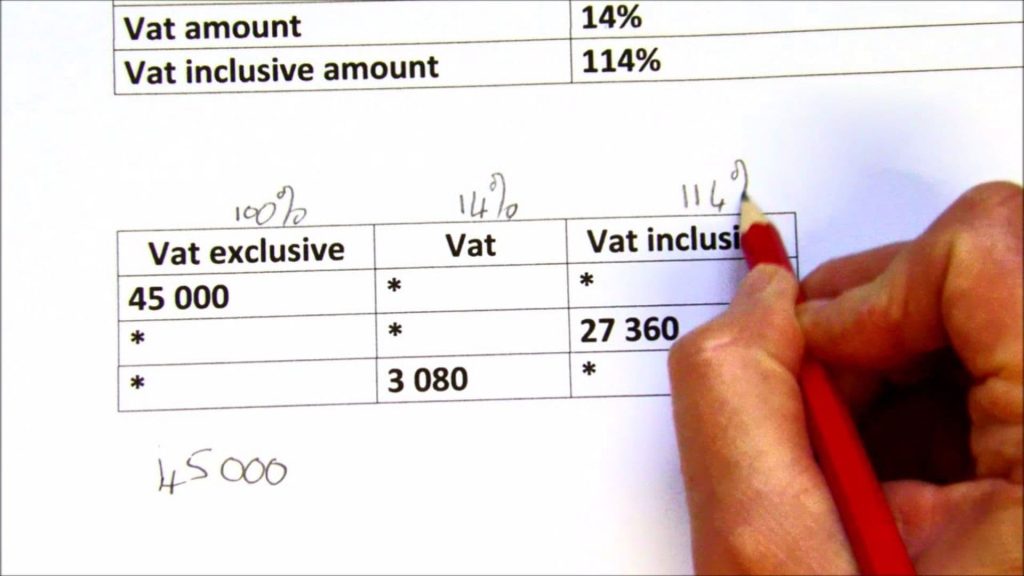
Understanding how to calculate VAT-inclusive prices is essential for businesses and individuals alike. Whether you’re running a small shop, managing invoices, or just curious about how taxes work, knowing how to include VAT (Value Added Tax) in your pricing is a must. VAT-inclusive pricing means the total price already includes the tax amount, making it easier for customers to see what they owe upfront. In this guide, we’ll break down the formulas step-by-step, provide practical examples, and share quick tips to make VAT calculations a breeze. By the end of this article, you’ll be able to confidently calculate VAT-inclusive prices and understand their importance in financial transactions.
What is VAT and Why Does it Matter?
VAT, or Value Added Tax, is a consumption tax applied to goods and services at each stage of their production or distribution. It is usually expressed as a percentage of the price. Businesses are required to collect VAT from customers and send it to the government. Calculating VAT-inclusive prices correctly is important for adhering to tax regulations and being transparent with customers. VAT is levied on the gross margin at each point in the process of manufacturing, distributing, and selling an item. The tax is assessed and collected at each stage. This is different from a sales tax system, where the tax is assessed and paid only by the consumer at the very end of the supply chain.

How to Calculate VAT-Inclusive Prices?
To calculate a VAT-inclusive price, you need two things: the net price (the price before VAT) and the VAT rate, expressed as a percentage.
Formula for VAT-Inclusive Price:
VAT-Inclusive Price = Net Price x (1 + VAT Rate)
Example:
- Net Price: $100
- VAT Rate: 20% (or 0.20 as a decimal)
Calculation:
VAT-Inclusive Price = 100 x (1 + 0.20) = 100 x 1.20 = $120
Therefore, the total price, including VAT, is $120.
How to Extract VAT from an Inclusive Price?
Sometimes you have the total price (VAT-inclusive) and need to find the net price or the VAT amount.
Formula for Net Price:
Net Price = VAT-Inclusive Price / (1 + VAT Rate)
Example:
- VAT-Inclusive Price: $120
- VAT Rate: 20% (0.20 in decimal form)
Calculation:
Net Price = 120 / (1 + 0.20) = 120 / 1.20 = $100
To find the VAT amount:
VAT Amount = VAT-Inclusive Price – Net Price
In this case:
VAT Amount = 120 – 100 = $20

Quick Tips for Easy Calculations
- Use online calculators or spreadsheet software like Excel for quick results.
- Always verify the VAT rate, as different countries and products may have varying rates. The standard VAT rate in the UK is 20%, but there are also reduced rates of 5% for some goods and services, and zero rates for others.
- Keep clear records of your calculations for compliance and auditing purposes.
Common Mistakes to Avoid
- Forgetting to convert the VAT rate into decimal form (e.g., using 0.20 instead of 20).
- Mixing up the net price and the gross (VAT-inclusive) price during calculations.
- Applying the wrong VAT rate for specific goods or services.
FAQs
What is the difference between net price and gross price?
The net price is the price before VAT, and the gross price includes VAT.
How do I calculate the VAT amount separately?
Subtract the net price from the gross price.
Can I use these formulas for any currency?
Yes, as long as you know the correct VAT rate.